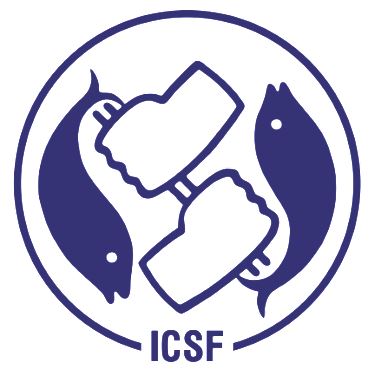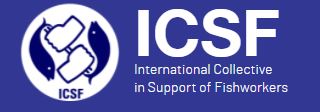Costa, Eudriano F. S. and Llovet, Neus Campanya and Cuvelier, Daphne and Menezes, Gui M. and Colaco, Ana (2023) Long-term trends in functional diversity of exploited marine fish in the Azores’ archipelago: Past and present. Frontiers in Marine Science, 10. p. 15.
Full text not available from this repository. (Request a copy)Abstract
Introduction: Effective fisheries management requires monitoring and quantifying changes in exploited fish communities. Concerns about global fisheries sustainability have led to innovative approaches. Functional diversity, rooted in ecological theory, offers valuable insights into fishery activities and ecosystem processes. A trait-based approach was used to investigate the functional diversity of landed fish species in the Azores archipelago from 1980 to 2021. Methods: Landings data of exploited Actinopterygii and Elasmobranchii were provided by the Azores Fisheries Auction Services (LOTAÇOR/OKEANOS-UAc Fisheries Database). A trait matrix was built, incorporating 12 functional traits assigned to each species, capturing their importance in marine ecological processes. The Quickhull algorithm for convex hull was employed to calculate the volume occupied by the species in the four-dimensional functional space. Functional diversity (FD) was measured using three indices: functional richness (FRic), functional evenness (FEve), and functional divergence (FDiv). Trends in FD indices over the past 42 years were visualized using Generalized Additive Models (GAM) with interaction terms. Results and discussion: GAM analysis revealed significant variations in the functional space and FD metrics over time. FRic exhibited peaks in the 1980s and 2010s, declining in the 1990s and from the 2010s onwards, indicating diversification in target species. The recent decrease in FRic can be attributed to the absence of catches of species with unique traits. The distribution of landings and trait combinations showed higher regularity in the functional space during the 1980s and 1990s (high FEve). Actinopterygii species targeted in the 1980s and 1990s had lower trait divergence (low FDiv) compared to those targeted from the 2000s onwards (high FDiv). Variability in FD can be linked to changes in fishing practices, species availability, market demand, environmental factors, and local regulations. This study underscores the importance of considering FD metrics alongside species richness and abundance when assessing the potential effects of fisheries on marine ecosystems and sustainable use of fishery resources.
| Item Type: | Articles |
|---|---|
| Keywords: | Fisheries Management, Sustainable Development, Atlantic Ocean, Monitoring, Sustainable Fisheries, Fish Species, Fishing Communities, Marine Ecosystems, Sustainable Use, Fisheries Resources |
| Subjects: | Right to Resources |
| Depositing User: | Kokila ICSF Krish |
| Date Deposited: | 18 Sep 2025 10:36 |
| Last Modified: | 18 Sep 2025 10:36 |
| URI: | http://icsfarchives.net/id/eprint/22500 |
Actions (login required)
 |
View Item |


